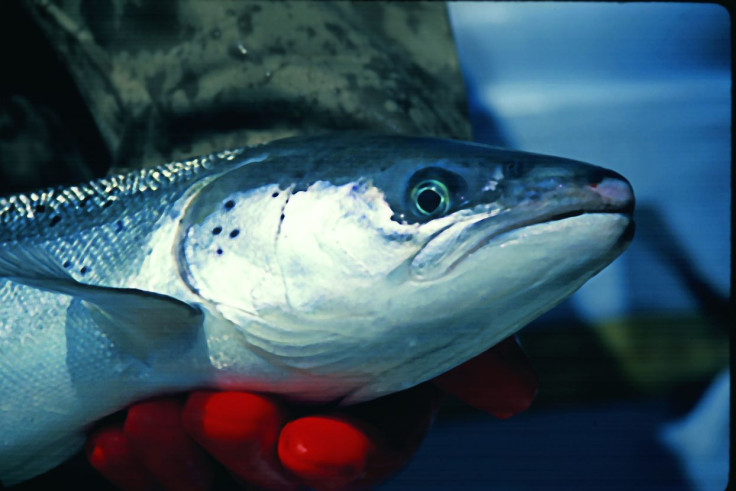Salmon Sex Triggers Change In Geographical Evolution Of Watersheds: Study

A group of researchers from Washington State University (WSU) has made a startling discovery about the effects of Salmon sex on the environment they live in.
The team noticed that mating habits displayed by salmon were instrumental in altering the profile of the stream beds. Over time, the change in the stream beds altered the evolution of the entire waterbed system. This study conclusively proves that mating habits of salmon affect the shape of the land.
The lead author of the research, Alex Fremier, who is an associate professor in the WSU School of the Environment, explained why this happens in a report published by WSU by linking it to the ‘fluffing’ that female salmon do to the riverbed to prepare their nests. This process loosens the gravel at the bottom which opens them up to an increased chance of erosion over-time. This erosion exposes the bedrock layer and this causes a change in the topography.
"The salmon aren't just moving sediment," said Fremier in the press release. "They're changing the character of the stream bed, so when there are floods, the soil, and gravel are more mobile."
The study was published in the journal called Geomorphology.
The team, which also consisted of members from the University of Idaho and Indiana University, said that the changes happen over a period of 5 million years or so. The streams which spawn salmon are found to have lower stream slopes. This reduces their elevation and the stream gets steeper which increases the rate of erosion.
“Any lowering of the streambed translates upstream to lower the entire landscape," said Fremier in the report. This means that the changes cause a tumble down effect which affects the topography of the entire landscape.
Fremier also said that “different salmon species can have different effects. Chinook salmon can move bigger pieces of material, while coho tends to move finer material. Over time, this diversification can lead to different erosion rates and changes to the landscape.”
The team says that the study draws attention to the role of living things in the evolution of their surroundings. It is always thought that animals adapt to the environment around them. The paper proves that animals also contribute to changes in the ecosystem.
There are many instances if animals altering geographical landscapes. Beavers are known to build huge dams that can alter river flow. Similarly, said Fremier, salmon can be creating new stream habitats that encourage the rise of new salmon species. On the other hand, streams, where the salmon drop in number or disappear altogether, could see significant long-term changes in their profile and ecology."The evolution of a watershed can be influenced by the evolution of a species" Fremier said in the release.
The team says that these findings open up a whole new research possibility. The effect of animal traits on the environment has hardly been studied. Different behavior patterns generate different outcomes. It is clear that early trees 300- million- years- ago helped shape the flow of rives. Similarly, if analysis of animals can lead to plugging several holes in our evolutionary timeline.
© Copyright IBTimes 2024. All rights reserved.











